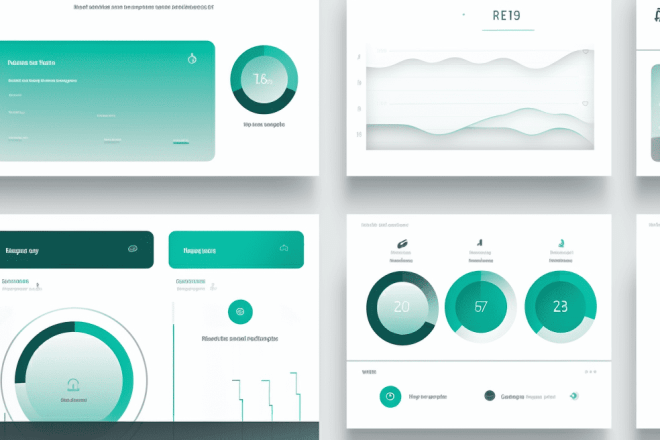Ensuring your customers have an excellent experience with your brand helps build your image. Knowing how to measure customer experience (CX) isn’t always easy, though. People don’t always tell you when they have a bad one. How can you know what’s working and what needs improvement?
How to measure customer experience is a complex topic that isn’t easily covered in a single article. However, there are some touchpoints and things you can do to ensure you’re hitting all the right elements.
Why Do We Measure Customer Experience?
Knowing whether you’re meeting customer expectations gives you an opportunity to push out ahead of the competition. People are much more likely to return to your brand in the future if they had a great experience in the past. Your CX should outshine every competitor you have.
CGS recently reported around 80% of customers feel a stronger emotional connection to your brand when customer service solves a problem. About 30% of consumers would pay more for an excellent experience. Knowing how to measure customer experience across different channels and touchpoints is vital to success.
What can you do to measure CX and ensure everything ticks along perfectly for your clients? Here are our favorite tips, but there are so many different ways to track customer satisfaction, these should be used as a starting point.
1. Become a Customer
One of the best ways of how to measure customer experience is to step into the shoes of a customer. Go through each touchpoint on your website and see if anything is hard to navigate or doesn’t give you the expected results. Call into your customer service center and present a mock problem to see how it’s handled.
Putting yourself in the shoes of your customer is the best way to figure out what needs to change.
2. Track Customer Retention
When thinking of some other ways of how to measure customer experience, consider how many people stick with your brand. It costs companies as much as 11 times more to attract new customers as it does to keep the ones they already have. In addition, current customers may spend more and order frequently.
Pay attention to your internet metrics. How many customers order consistently? Are they ordering once and never returning? Why? The more you understand about your customer retention numbers, the better you’ll be at meeting user expectations.
3. Survey Your Customers
When you’re wondering how to measure customer experience, don’t overlook the straightforward survey model. Send a questionnaire to your customers and ask them to rank their satisfaction on a scale of one to 10.
The customer satisfaction score (CSAT) tells you what areas need improvement. You can ask as many or as few questions as needed to collect data to improve your CX for your site, phone contact or in-store sales.
4. Watch Heat Maps
Heat maps can tell you where people spend the most time on your website or in your store. Pay attention to the areas they skip as you can likely cut this completely when figuring out how to measure customer experience and not change the dynamic at all.
Heatmaps are one of the best customer behavior tools available to measure how people behave once they land on your page. If you have an objective for each page and you notice customers aren’t going where you want them to, you can make some adjustments.
It’s smart to eliminate anything that distracts the customer from the goal of the page.
5. Create a Customer Journey Map
It’s hard to create an amazing experience if you don’t know where you want your customers to go and when. Think about the different points on the buyer’s journey. Where do they enter the sales funnel? Do they come in wanting to know more about your product or are they already aware and set to make a purchase?
The items you place on your website or the deals you offer in a brick-and-mortar store are going to vary based on where the user is in the funnel. For example, if most of the people visiting your site are looking for general information, you’ll probably include some informational videos and articles.
On the other hand, if most people already know about your product and come there to see the price, you might throw up a special offer and try to immediately convert them into a buying customer.
6. Hire Mystery Shoppers
Mystery shoppers can tell you more about your customer journey than you can learn on your own. Give them a list of things you want to know, have them actually buy a product or service and reimburse them.
Mystery shoppers act just like a real shopper but they answer a list of questions you have that helps you improve the CX of your business. Think about the last time you went through a fast food drive-through line. The company could likely improve if they knew about the accuracy of your order, friendliness of their employees, speed of service and quality of your food.
The more details you have, the more information you have for how to measure customer experience and decide what needs fixed.
More Tips for How to Measure Customer Experience
Cold, hard numbers help you see how happy your customers are, but they don’t tell the full story. You must add in feedback, complaints, mystery shopper advice and good common sense. The more you think about whether or not your users are having a great experience, the more elements you’ll find to fix for them. Consistent effort will result in loyal customers who sing the praises of your brand.


